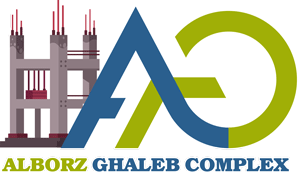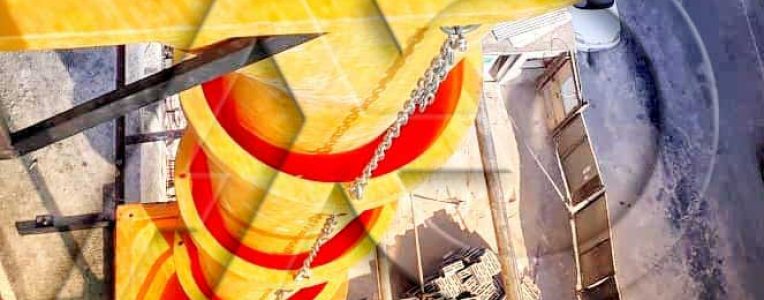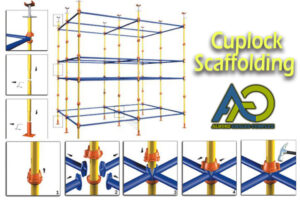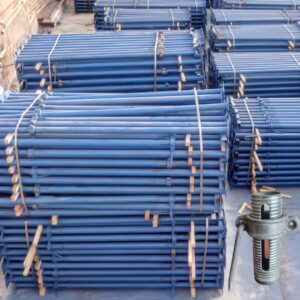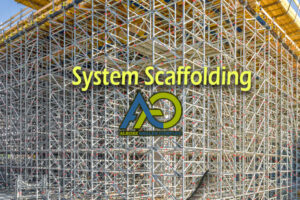What is construction Rubbish & Rubble Chutes?
Rubbish chutes, also known as rubble chutes, are essential components in the process of collecting construction debris, directly impacting the speed and cost of gathering debris generated in construction or demolition projects. In this article, we’ll delve into the examination of debris chutes, the importance of selecting the right one, and key points to consider when purchasing and installing a debris chute.
The use of construction debris chute or construction Rubble Chutes
One of the tools used for collecting construction debris generated during the construction of an industrial or high-rise building project is a rubble chute. This system is one of the best solutions for transporting debris created during the construction or demolition process of a building or industrial project at height. It provides a high level of safety during the removal of waste materials from the building while also ensuring high speed in waste collection.
The advantages of using a rubble chute include
Safety: Minimizes the risk of injuries by reducing the need for manual handling and transporting of heavy debris down stairs or elevators.One of the key advantages of using a debris chute is the high level of safety it provides. By employing a controlled method of debris descent into the chute’s bins, the risk of uncontrolled debris falling is significantly reduced compared to other methods of construction waste transportation. This ensures much greater safety when using debris chutes compared to alternative methods.
Efficiency: Speeds up the process of debris removal, saving time and labor compared to traditional methods.The Alborz-Galeb Debris Transfer System utilizes pipes instead of traditional methods like tower cranes for transferring construction debris. These pipes rely on the force of gravity for debris transfer, allowing materials to descend in a controlled manner within the transfer pipes. This eliminates the need for any mechanical or electrical force for transfer. Additionally, due to the high speed of debris descent, materials reach the disposal area from the floors in the shortest possible time. This results in significantly lower transportation costs and a much faster transfer rate.
Cleanliness: Helps maintain a cleaner worksite by containing and directing debris into the chute, reducing the spread of waste materials.
Convenience: Provides a convenient and centralized method for disposing of debris from elevated levels, improving overall workflow on the construction site.
Versatility: Suitable for various construction and demolition projects, including high-rise buildings, renovations, and industrial sites.
The components that make up a debris chute system include:
Chute Sections: These are the modular sections of the chute that are connected to form the entire length needed for the project.
Hoppers: The top section of the chute where debris is loaded into the chute for descent.
Brackets and Chains: Used to secure the chute to the building or scaffolding structure, ensuring stability during use.
Discharge Sections: The bottom sections of the chute where debris exits into a dumpster or designated collection area.
These components work together to create a safe and efficient system for transporting construction debris from elevated areas to ground level.
Debris Chute Entry or Hopper:
For the use of a construction debris chute system, it’s necessary to have an entry point on each floor where the debris is located. This entry point should be designed in a way that allows for both the entry of debris from upper floors and the discharge of debris from the current floor. This component is commonly referred to as the hopper.
Debris Chute Bucket or Chute:
To facilitate easy connection and flexibility of the debris transfer line to lower floors, a component called the debris chute bucket or chute is used. These buckets are arranged in a continuous line to withstand the impact of debris during descent and allow for controlled transfer to an appropriate location. These components are like buckets without bottoms and are positioned between the hoppers of chute entry points.
Metal Support or Bracket:
During the setup of a debris chute system, it’s essential to securely fix the hoppers or entry points in place. This is achieved through the use of metal supports or brackets. Additionally, all chute buckets on each floor are connected to their respective brackets using specialized screws, bolts, and chains. This ensures that the weight of the components for each floor is supported by the bracket of that floor and can be easily adjusted or replaced.

